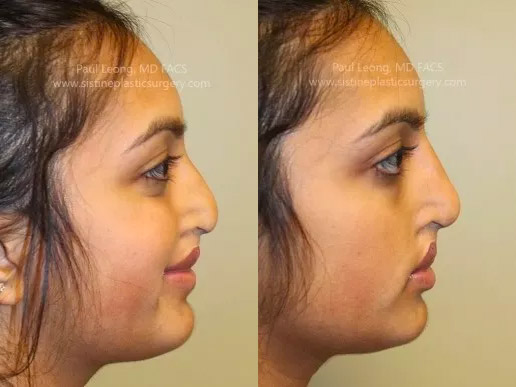
There are many different causes of eye asymmetry. Understanding the causes of eye asymmetry and their treatments is crucial. The next step is to choose the best surgical option. A surgical plan must account for the asymmetry of the eyelids. Eyelid asymmetry is treated with removing or reshaping of the eyelids.
Periocular Asymmetry
Periocular imbalance is caused by changes in the volume, shape or position of facial tissue, especially around and within the eye. It can be caused by changes in eyelid position and size as well as changes of pupil size. This is often unilateral and can result from reduced tissue volume, such as congenital Hypoplasia, inflammatory lesion or neurologic dysfunction. Common ocular disease symptoms include strabismus, third eyelid protrusion, and eyelid asymmetry.
Assessment of facial symmetry in the face is an important step in assessing periocular alignment during aesthetic and reconstructive procedures. This should take place within the first few moments after a patient is contacted. Your eyes are the central point of your face so it is crucial to get a good impression. This is because the eyes define a person's personality. As time goes by, a person's initial impression can change.

Causes
Eye asymmetry can result from a variety of causes. It can also affect the structures surrounding the eyeball like the eyebrow, brow bone and eyelids. Trauma and tumors may also lead to it. Most cases are benign but some require medical attention like an infection or stroke.
In rare cases, eye asymmetry can be a symptom of a brain disorder. It can also be caused from strokes, or other disorders that affect the nerves of the brain. Migraines can also be a cause. You should consult your physician immediately if you have severe migraines.
Treatments
The severity and type of eye asymmetry will determine the treatment options. Surgery may be required for severe asymmetry. This is to correct an orbital structural defect, such injury. You can also choose cosmetic procedures to treat milder cases of asymmetry. These procedures can improve vision and prevent future problems.
Trauma is the main cause of orbital imbalance. While there are many causes of orbital asymmetry, they can also be caused by other injuries. These soft tissue injuries are usually not easily visible. An orbital fracture, for example, can lead to hypoglobus or enophthalmos, or concussion-induced Ischemia. Also, strokes can cause upper eyelid dissymmetry or enophthalmos.

Prevention
Although it is still not clear what causes eye asymmetry, there are some steps that can be taken to remedy this condition. These options include lifestyle changes as well as medical procedures. The goal is to improve your eyesight. This is not a cure but it can improve self-esteem and be pleasing.
The first step in assessing periocularsymmetry is to evaluate the patient. The patient should be examined for periocular asymmetries prior to surgery. This includes identifying the asymmetry, determining the cause of it, and identifying the components. Next comes the decision about which corrections are most effective. Large disparities can be easily seen during preoperative evaluation. However, small inequalities might not become apparent until after surgery. In addition, soft tissue is often removed during surgery, which may reveal underlying asymmetries.